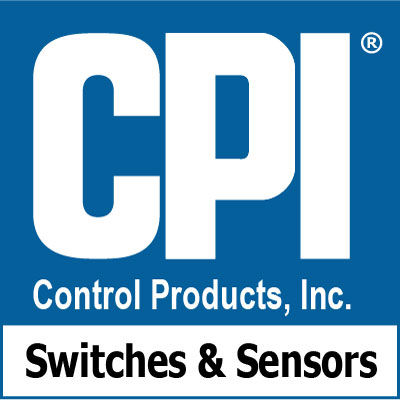While CPI’s robust linear position sensor technology works great to report absolute cylinder position under the most demanding of conditions, it also has great application as a gauge of pre-charge pressure in a hydraulic accumulator. And perhaps nowhere is the operating environment of a hydraulic accumulator more challenging than in deep sea oilfield exploration riser tensioner systems.
Marine Riser And Tensioner Systems Explained
Crews of drilling rigs understand how critical this functionality is. Without a tensioner the riser will buckle when the rig moves downward, and stretch when the rig rises. If you gather around the moon pool of any offshore rig or vessel during a storm you’ll see a riser/tensioner system hard at work. These systems use a bank of hydraulic accumulators to drive piston displacements in reaction to the heaving of a heavy sea. It is crucial that the tensioner can manage differential movements between the riser and the rig as the riser is connected to the wellhead on the seabed. The use of hydro-pneumatics in a system comprising a hydraulic cylinder, accumulator and typically wire sheaves, enables compensation for rig movements and maintains constant wire tension. These accumulators are constructed using a gas (typically air or nitrogen) and hydraulic fluid to drive displacements up to 12 meters.
How do CPI Linear Position Sensors Fit In?
Critical to operation of the tensioner system are accurate measurements of the air/oil compression ratio. Control systems must monitor and replace lost air dynamically and the position of the piston for a given hydraulic oil pressure is a direct indication of the need for increases to gas volume which can then be injected by an automatically controlled compressor.
CPI Linear Position Sensors like the SL-1500 and others are designed for these kinds of applications:

CPI SL1290 Series For Hydraulic Accumulators
- Because of our innovative draw wire design, we can easily operate for the long stroke lengths in a marine riser tensioner system. CPI sensors have operated with high accuracy to 15 meters of stroke.
- Hardened operation is a standard feature of our design. Our sensors have no sealed cavities and are completely immune to pressure. As such, they can be mounted on the oil or gas side of the cylinder, or even outside the cylinder.
- A patented LVDT based implementation means the core sensing technology is completely non-contacting and immune to local EMI distortions.
- Our sensor is the only hardened sensor in the world that works with telescoping hydraulics.
Riser Disconnect Sensing and Control
Another key function provided by CPI Sensors is to provide critical feedback during a disconnect scenario. In this scenario the riser must be disconnected before the rig is critically out of position with respect to the well head. Typically a tensioner ring employs six hydraulic accumulators with six valves controlled by the computer through signals from the valves and the CPI linear position sensor which is acting as the piston rod measuring system. Some systems are implemented with the cylinders mounted directly to the tensioner ring as opposed to using a wireline implementation. In these systems, a riser disconnect scenario detected by the CPI linear position sensor will cause the valve to limit the oil-flow and the riser will not gain momentum as it often does in a wireline system. During disconnect the control system controls the position of the valves and the riser is brought up in a controlled way again using input from our sensors.
Contact CPI – Lets Talk Accumulators
CPI sensors are no stranger to oil field operations, and are one of the most unique offerings in the world for long stroke, piston accumulator position sensing in extreme environments.
Please call our engineering team today to discuss your hydraulic accumulator based application or visit us at http://www.cpi-nj.com.
This content was originally posted at https://www.cpi-nj.com/blog/marine-riser-and-tensioner-system-hydraulics/
